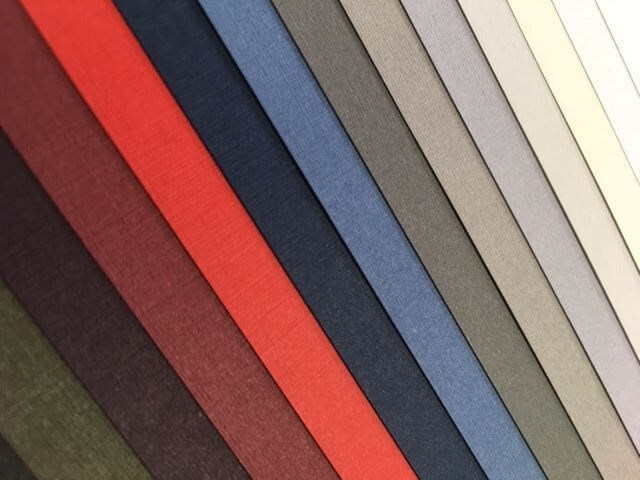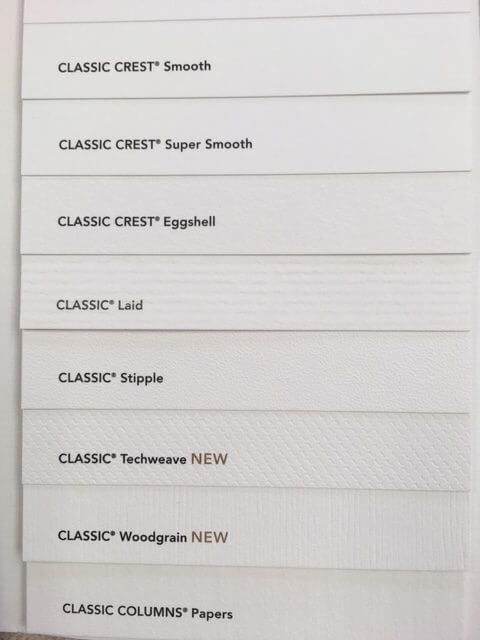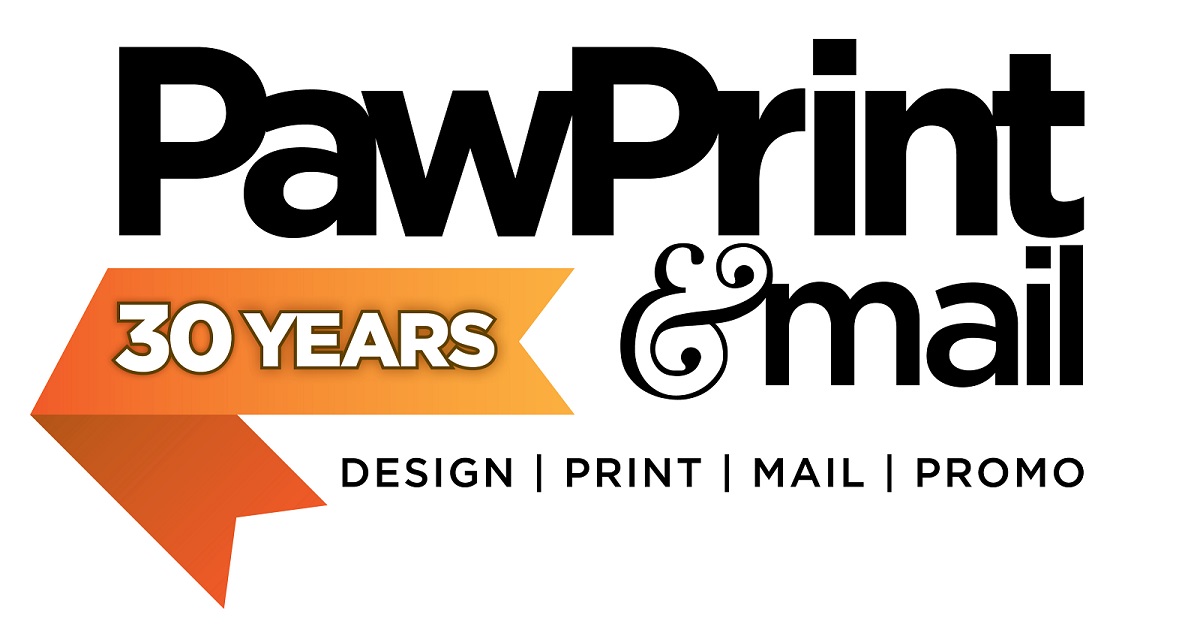
What does “printing” mean to you? The first thought that may come to mind is sending a document to a home or office printer and receiving a print-out on white 8.5″ x 11″ paper.
But this doesn’t even begin to scratch the surface of the capabilities of print. Standard printer paper works great for everyday documents. But when it comes to marketing your business, it’s important to consider the qualities of the paper you’ll be using, including:
- Color
- Coating
- Texture
- Weight
Not all paper is created equal, and different stocks have different roles to play. When it comes to paper, consider: what impression are you looking to create? Also, who is your audience? What message are you communicating? The paper you choose can influence the perception of your business, as well as the look and feel of your finished pieces. Even if a piece looks nice on a certain stock, if that stock isn’t aligned with your brand, you may not make the right impact.
The added dimension of paper is what makes print differ so much from digital. When you create something digitally, it generally appears the same across all platforms. But with print, your artwork can have a vastly different look depending on which stock it is printed on. That’s why it’s so important to take the time to consider which paper you’ll use: you don’t want to spend time creating a winning design but print it on mismatched paper.
Which Stocks?
At Paw Print, our clients generally choose stocks from these 3 categories:
Coated
Coated stocks have a smooth finish and a shine to them. They are ideal for image-focused print jobs, like brochures, posters, postcards or booklet covers. If you plan to include large photographs that you want to pop and impress your audience, a coated stock is the right choice.
The coating can be composed of a variety of compounds, but it essentially works as a sealant to the paper. Since the stock is less porous, inks will stay close to the surface of the page rather than being absorbed, referred to as ink holdout. This provides you with greater color contrast, vibrancy, and sharpness.
Glossy stocks can have a glare, but there are varying levels of brightness to choose from. If you want the look and feel of coated stock without a heavy shine, you can go with a duller coating.

When considering a glossy stock, it’s important to think about the end use of your print job. Coated stocks are not a good choice if you want to be able to write on the product. You can use stocks that are coated on one side (C1S) but not on the other. This works well for greeting cards—your artwork will stand out on the front, and you’ll still be able to write on the inside.
The coating gives the paper more weight, so it will feel heavier and of higher quality than an uncoated stock. Though coated stocks can be more expensive than uncoated, they give an upgraded look to your print job. Coated stocks are usually white.
Uncoated
Uncoated stocks have a smooth, soft finish, but without the shine, giving you a more matte look. Since it has not been coated, the paper is more porous. It will absorb the inks differently than a coated stock.
This style has a wider range of applications than the coated stock. We use uncoated paper for business cards, envelopes, stationery, letterhead, and more. Uncoated stocks are ideal if you’re planning to write on the finished piece.
And, while coated stocks are generally white, uncoated paper comes in a variety of colors. Even within a neutral palette, you can go from stark white to more ivory and natural colors. Just a touch of color in the stock can help elevate the impression your piece will make.
Textured Paper

While both coated and uncoated stocks have a tactile element to them, textured stocks bring a new dimension to paper choices. You can print on stocks with a linen or felt texture, or with the look and feel of a wood grain. Depending on which texture you choose, the paper can feel softer or rougher and more substantial.
Textured stocks work well for embossing and debossing and will pop when printed with metallic inks. If you’re looking to wow potential customers with a promotional piece, textured stocks will certainly make an impression.

What Does Paper “Weight” Mean?
When you talk about paper in a general sense, you may say “I want a thicker paper.” In the printing world, we refer to paper in terms of its weight. The basis weight of paper is measured by the ream, in pounds per 500 uncut sheets of the stock. If we’re talking about 70 lb. text, it means that 500 sheets of that paper weighs 70 lbs. If we go up to a 120 lb. text, it means 500 sheets of that paper weighs 120 lbs. Thus it is a heavier, thicker paper than the 70 lb.
Another way to refer to different stock weights is by “text” and “cover.” Text stock is like the pages of a book, while cover stocks are heavier, like cardstock. An 80 lb. text stock is lighter than an 80 lb. cover. Cover stocks are best for covers of booklets, business cards, letterhead, brochures, etc., while text stock is best for inside pages of books or notepads.
If this all seems confusing, it can be—you’re not alone. At Paw Print, we know paper, and we’re here to answer all your stock questions. If you’re ready for a new print job but don’t know where to start, stop in and explore our stock sample library, while we guide you through the options.
Subscribe to our email list so you never miss a post from Paw Print!
